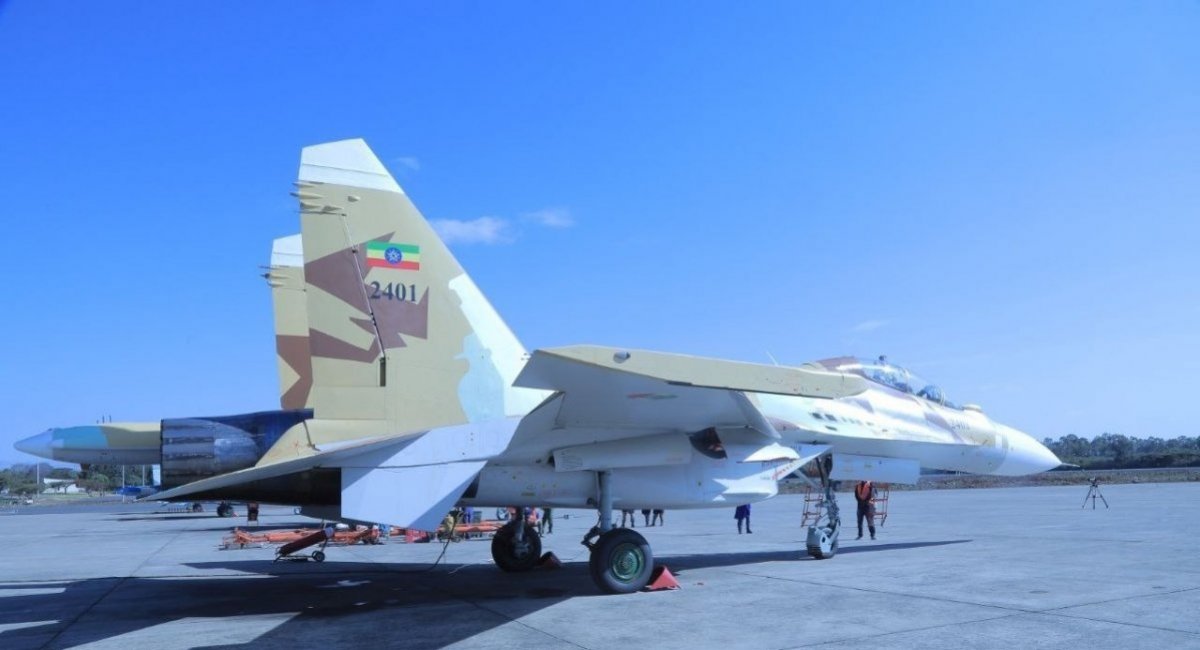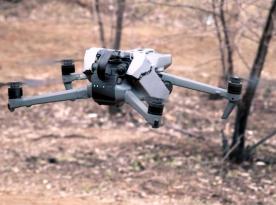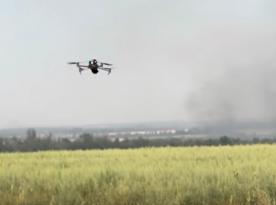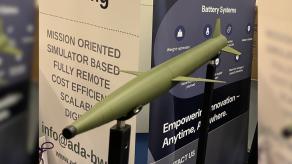Ethiopian Air Force has announced a receipt of two Su-30K fighter jets, the aircraft have board numbers 2401 and 2402. Interestingly, Addis Ababa does not disclose where it bought the combat jets from, as well as the terms of the contract. Another detail is the livery, contrasting with the common one in the Ethiopian Air Force.
Logically, the only country that could have supplied the Su-30Ks is the russian federation. This type of aircraft is too scarce in other nations, such as India. Though the russians also don't have that many fighter jets to sell, opening a possibility that these fighters were initially intended for India but ended up in Ethiopia instead.
Read more: Why russia Needs Helicopter Engines From Egypt, Pakistan, and Brazil
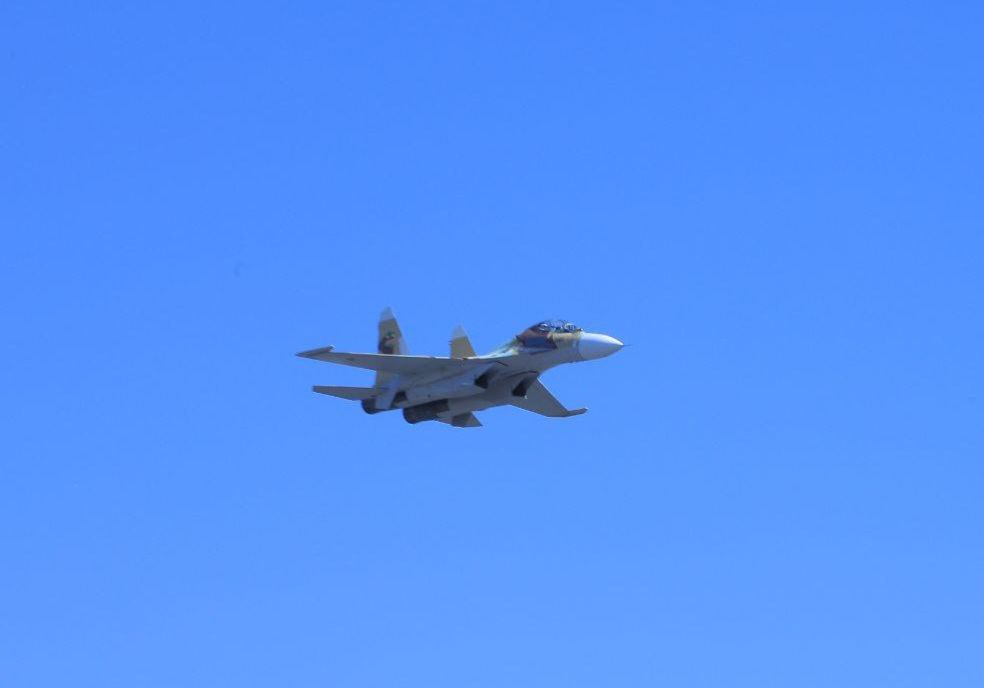
It all started with reports from the time russia supplied a batch of Su-30K aircraft to India, back in the 1990s. The assembly quality was so poor and full of drawbacks that New Delhi requested a return, or more specifically, a trade-in: having paid the difference in cost, India got Su-30MKI fighters instead of the problematic product.
The last of the 18 Su-30Ks returned to the country of origin in 2008, and russians decided to put them in storage in Belarus, at the 558th Aircraft Repair Plant in Baranovichi. The reason why they chose this location they explained by unwillingness to pay customs duty upon aircraft entering russia.
The first 12 former "Indian" Su-30K were traded in 2013, Angola bought them with the money loaned by Moscow itself. The delivery, though, took place only in 2017–2019.'

The other six Su-30Ks were left hanging with prospects unclear, at least now two of them potentially found a new buyer in Ethiopia. A scenario where actually all six were handed over should not be ruled out either.
When speaking of the history of these Su-30K aircraft, we should also keep in mind that besides the quality of the product alone, the factor that played role in russia's struggles to sell the jets have for a long time been the international sanctions regime, which could always hit anyone who tried to buy weapons from the russian federation. The regime imposed after the invasion of Ukraine and annexation of its territories in 2014, and significantly tightened after the full-scale russian offensive started in February 2022.

Read more: Dogfight Between Ethiopian Su-27s, Eritrean MiG-29s Shows Why Ukraine Needs F-16s




